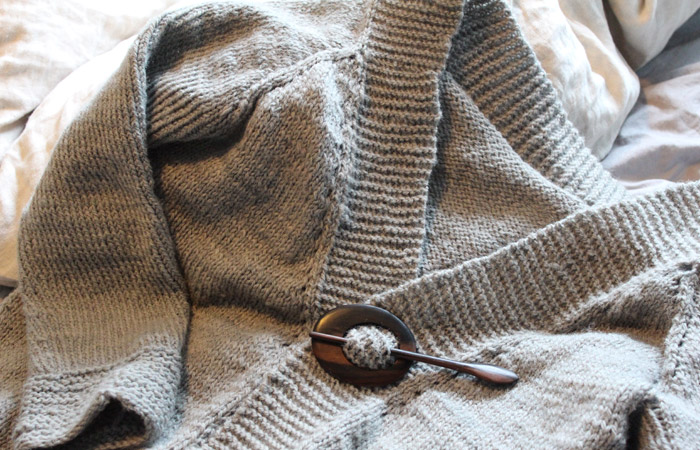Rethinking Lifestyle
How to Ditch Fast Fashion and Start Loving Your Clothes

Back in university, I took a random fashion history course (which turned out to be about a lot more than just fashion). There, I learnt about fast fashion: the modern phenomenon where clothing is produced quickly and cheaply to keep up with the great demand. Most of our clothes are products of ‘fast fashion’. Here are some quick facts:
- About 85% of textile ends up in landfills every year, and washing artificial fibres releases the equivalent of 50 billion plastic bottles into the environment each year (Earth.org)
- Fast fashion is a human rights violation because it depends on cheap labour and toxic, unsafe working conditions.
- Much of second-hand fast fashion clothing gets shipped back to the countries of origin and discarded because of its poor quality, polluting landfills in those countries, and creating an overflow of unwanted textiles (Boston University of Public Health).
When COVID-19 hit, I made a commitment to combat fast fashion by making whatever clothing I could and buying second hand. This commitment has led me down a relaxed, inspired, and creative journey that I want to share with you. Get ready to start loving your clothes!
Step 1: Buy Second Hand
In attempt to keep second hand clothes from clogging landfills in other countries, I like to shop second hand. You can often find very good brands at extremely good prices.
- Facebook Marketplace – if you keep your eyes open, you can find expensive brand names for up to 50% off the regular price! If you know which brand and size you’re looking for, using FB Marketplace could work for you. I’ve found Sorel winter boots and beautiful Hudson’s Bay parkas on Marketplace. Remember, these are individual sellers selling USED clothes.
- Styles Encore & Plato’s Closet in Winnipeg, MB – Styles Encore buys used clothing and resells it for up to 75% off the regular price. I find awesome brands there like Banana Republic, Gap, Anthropologie, and Silver. It’s my go-to for work wear.
- Local thrift stores and Value Village – find one you like and frequent it often so you don’t miss the styles and sizes that suit you. Thrifting can actually make shopping fun because you find little surprises everywhere!
Step 2: Be Selective
Do we really need that many clothes? I prefer to have fewer clothes that I really LOVE than a lot of clothes I’m reluctant to wear. When you have to shop, ask yourself the following questions:
- Will I wear this in more than one situation?
- Is it comfortable and the perfect fit?
- Is it made of natural fibre? Natural fibre is biodegradable, skin compatible, and less toxic. It can be composted at the end of its life without causing harm. Additionally, some natural fibre can even be found locally. Even though buying wool, hemp, or organic cotton can be more expensive, I find less is more. I also figure I can afford to ‘donate’ some money towards the pollution crisis in India by NOT buying polyester clothes.
I usually try to answer ‘Yes’ to at least 2 of these questions before buying it (even if it’s cheap!).
Step 3: Mend & Replace
YouTube can teach you how to replace a zipper in that new winter jacket, sew underwear, and help you repair a hole in your cashmere sweater. You can also find a local seamstress or tailor who can help you with this. Once you are more selective in your shopping habits, you’ll actually WANT to mend your clothes because you love them so much.
I hope this helps!




